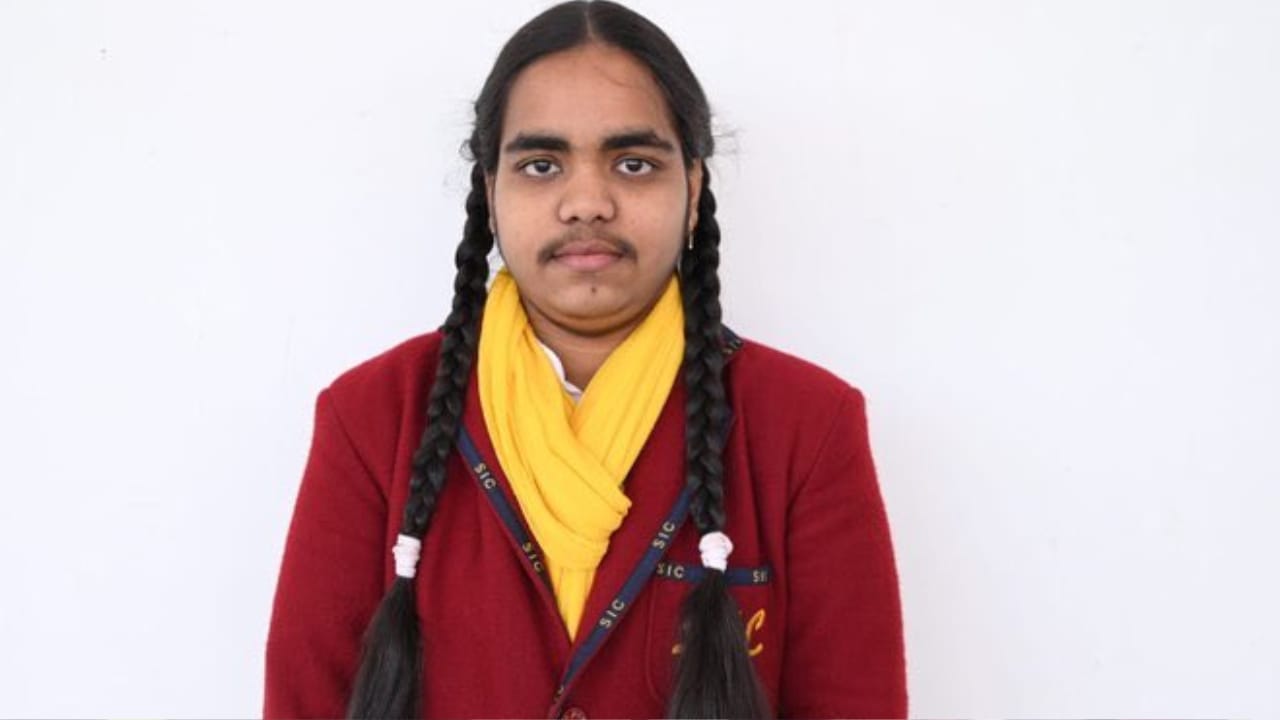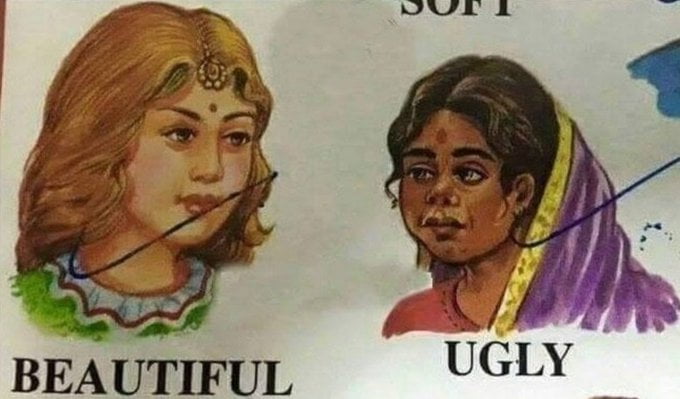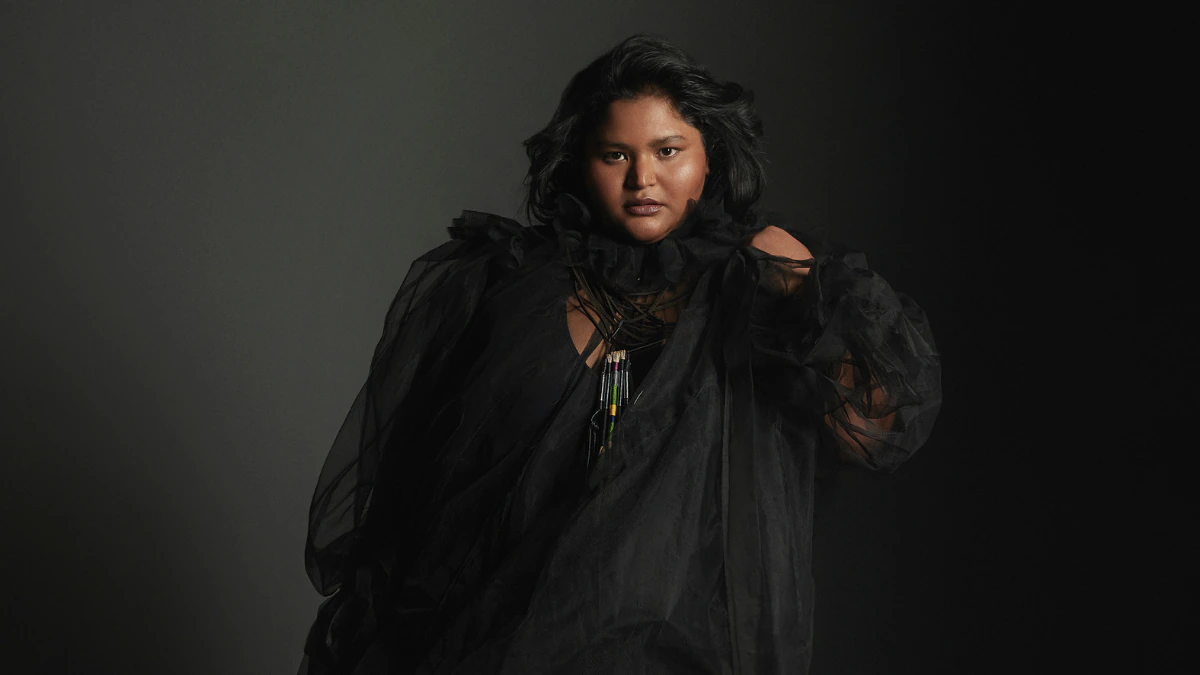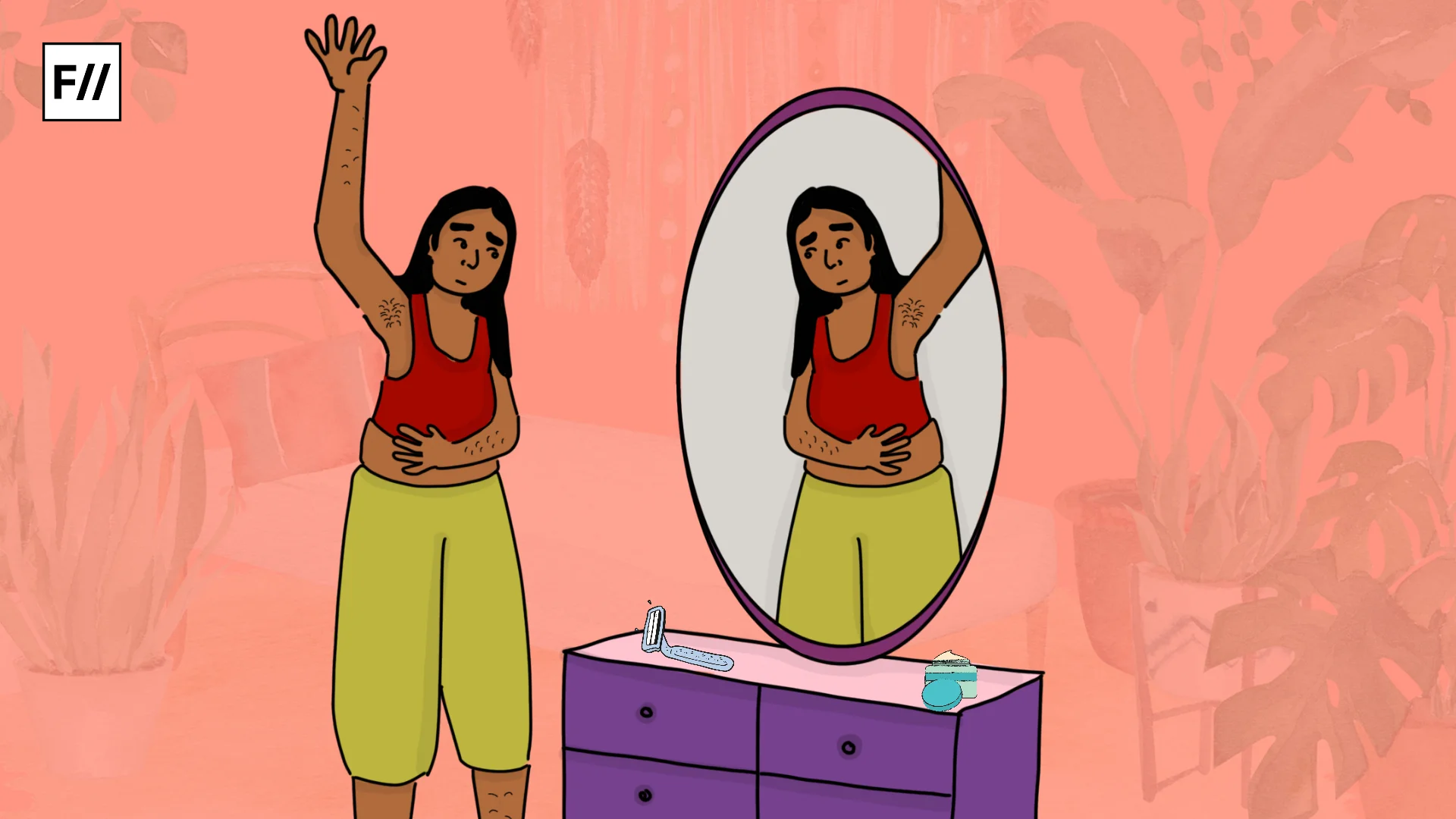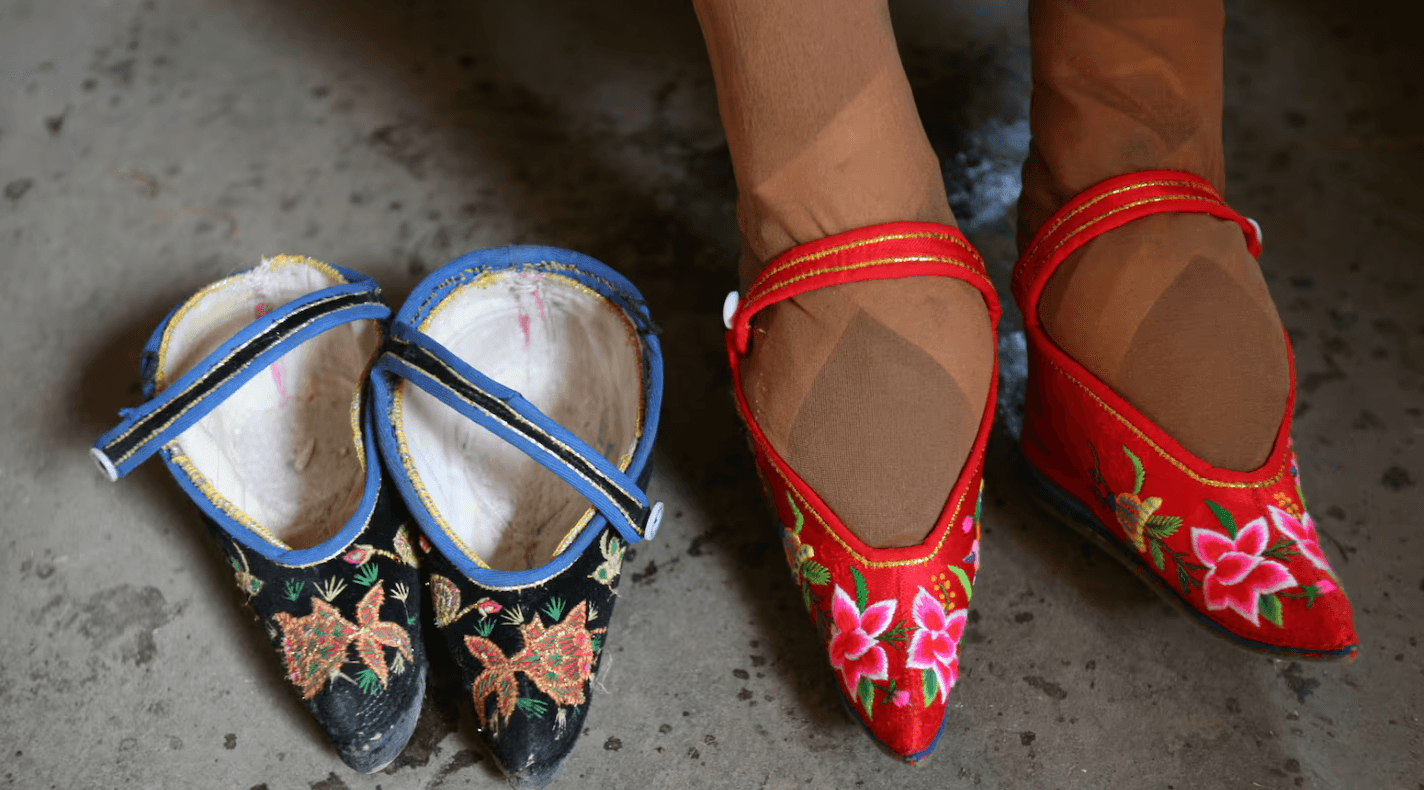Elizabeth Barret Browning, a celebrated English poet of the Romantic Movement, wrote “If Thou Must Love Me” in 1850 to her lover and popular writer Robert Browning following her sickness. The poem in its entirety asks the potential lover to love the narrator for the sake of love itself and not for her physical attributes. Historically, physical characteristics play a major role in the life of an individual and how they interact and socialise with other beings. The idea of beauty and subsequent romance attached to it has been one of the very topics of major literary and artistic works that led generations to believe that the success of a love story comes with the triumph of a beautiful face.
Recently, Prachi Nigam, a UP board topper went “viral”. This virality was not due to her excellent 98.5 per cent marks but of her facial hair.
The prize of success in general has been bestowed upon appearances. The case of pretty privilege plays out in numerous advertisements and films that lead individuals to doubt themselves and believe that only a certain figure and face would lead them somewhere- to be a part of a friendship, to be a part of love, to be a part of a profession and to be a part of a society. Women who do not conform to these beauty ideals can face discrimination, harassment, and societal pressure.
Prachi Nigam’s virality and societal reactions
Recently, Prachi Nigam, a UP board topper went “viral”. This virality was not due to her excellent 98.5 per cent marks but of her facial hair. The Internet quickly offered solutions to her for grooming herself into a woman. Seeing how a young girl’s perseverance and hard work went unnoticed behind the facial hair that deterred society from acknowledging her triumphs is appalling. In the fast-growing and highly accessible internet sphere where everything is available at our fingertips, the audience was quick enough to locate her poster, create memes and offer their insights on femininity.
Even in the 21st century, when the world is grappling with severe issues of genocide, poverty, and regular harassment, the presence of facial hair that could be a result of medical reasons or hormonal imbalances irked the netizens more. The onus is always on women. Social media is filled with “roasters” who are quick to joke about the sexual freedom of women. The ideology of how women should behave is quickly interpreted by social media: the morality, character and success of any woman are judged by her social presence online.
Such was the online virality that The Bombay Shaving Company used Prachi’s case as a testament to optimise their sales and extend a hand to curb cyber-bullying. Such tactics received backlash from a more conscious audience that realised that nonconsensual commercialisation and use of Prachi’s ordeal is one of the most detrimental ways of trying to uplift her spirit. The bottom line of the ad also read, ‘We hope you never get bullied into using our razor.’ This only makes one question the real intention behind this corporate solidarity.
Such was the online virality that The Bombay Shaving Company used Prachi’s case as a testament to optimise their sales and extend a hand to curb cyber-bullying.
In this world of facades, where people only present the part of their lives that they want to show, how do we judge reality?
The dark side of social media: digitised dysmorphia and its consequences
In recent years, influencer culture has become a major force in shaping beauty standards for young people. With the rise of social media platforms like Instagram, YouTube, and TikTok, influencers now have a vast audience to showcase their idealised versions of beauty, often featuring carefully curated images and videos. One way in which influencers have established new beauty standards is by promoting specific physical features such as flawless skin, contoured cheekbones, and full lips.
They often endorse particular beauty products, makeup techniques, and procedures used to achieve these features, creating pressure on young people to conform to these ideals. Influencer culture has also popularised a trend towards natural and “effortless” beauty looks, focusing on achieving a healthy, glowing complexion through skincare, diet, and exercise. However, this trend has also led to a sense of pressure to conform to a specific standard of beauty.
The use of photo editing and filters by influencers is another aspect that has become common and can distort young people’s perceptions of what is realistically achievable, potentially leading to negative body image and self-esteem issues. Due to the emphasis on appearance and beauty standards advocated on these platforms, social media use has been identified as a potential risk factor for body dysmorphia in young adolescents and teenagers. Research has also shown that social media use, particularly for younger women, is associated with increased body dissatisfaction and a desire to conform to societal beauty standards. This pressure to conform to these standards can have negative effects on women’s mental health, as well as their overall well-being.
Research has also shown that social media use, particularly for younger women, is associated with increased body dissatisfaction and a desire to conform to societal beauty standards.
In Digitized Dysmorphia of the Female Body: The Re/Disfigurement of the Image, Isabelle Coy-Dibley sheds light on the potential consequences of digital media on women’s body image and self-esteem. The author’s critical examination of the role of digital media in perpetuating unrealistic beauty standards highlights how image manipulation and filters can create an unattainable ideal that women feel pressured to conform to, which can have detrimental effects on their mental and physical health. This is an important issue, as body dissatisfaction has been linked to a range of negative outcomes, including disordered eating, depression, and anxiety.
The pressure to adhere to such stereotypes is so severe in today’s generation, that Prachi, a topper shares that she wishes she hadn’t topped. How do we as a society still focus so much on physical attributes while fighting in a highly competitive world? Can we then assume that the success of a young girl hurts the sentiments of those who troll her for how she looks?
From childhood till now: beauty standards and societal pressure
The idea of what is deemed beautiful or ugly is introduced to us from early childhood. Encyclopaedias and school textbooks always displayed images of a fair person with almost-perfect features as “beautiful” and a dark person who wore clothes and accessories conventionally associated with a rural background as “ugly”. The below figure from one of the textbooks proves how the idea of beauty has been ingrained since childhood and is a vital factor in directing the conscious and unconscious minds of individuals and communities.
How do we then as a society consciously try to protect young minds from the destructive ideas that make them feel insecure and disappointed in their success?
Social media is an example of how patriarchy and bias operate in our modern society. In social media, patriarchy maintains relevance by demonstrating the objectification of women for pleasure and entertainment. It becomes misogynistic when patterns related to gender are apparent. The vicious trolling of Prachi Nigam is a testament to the discriminatory and misogynistic standards of beauty in the age of social media.

